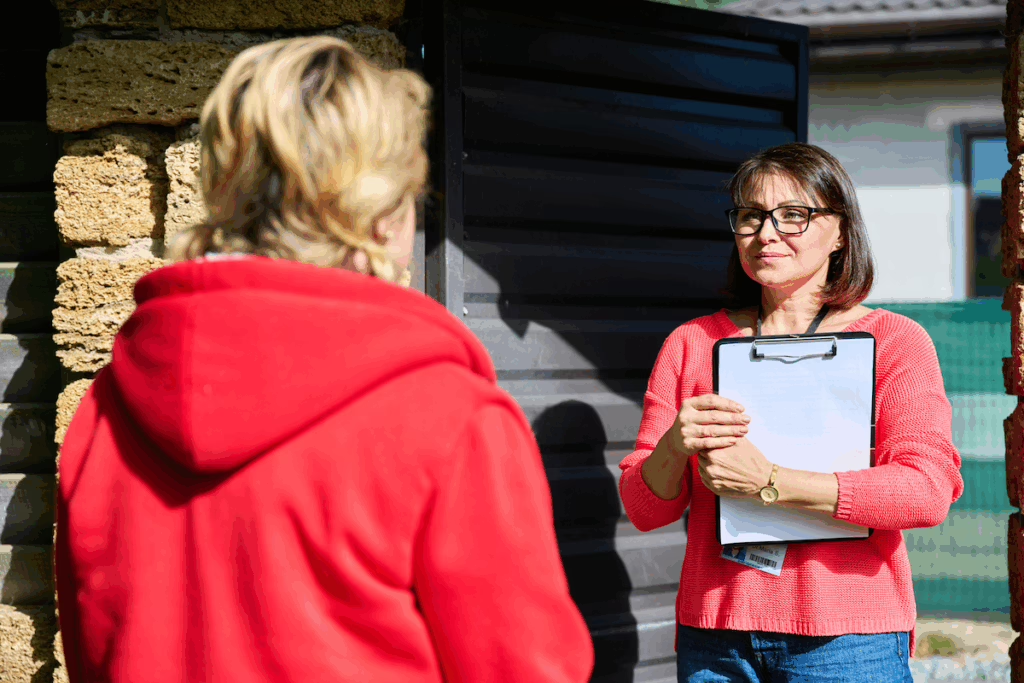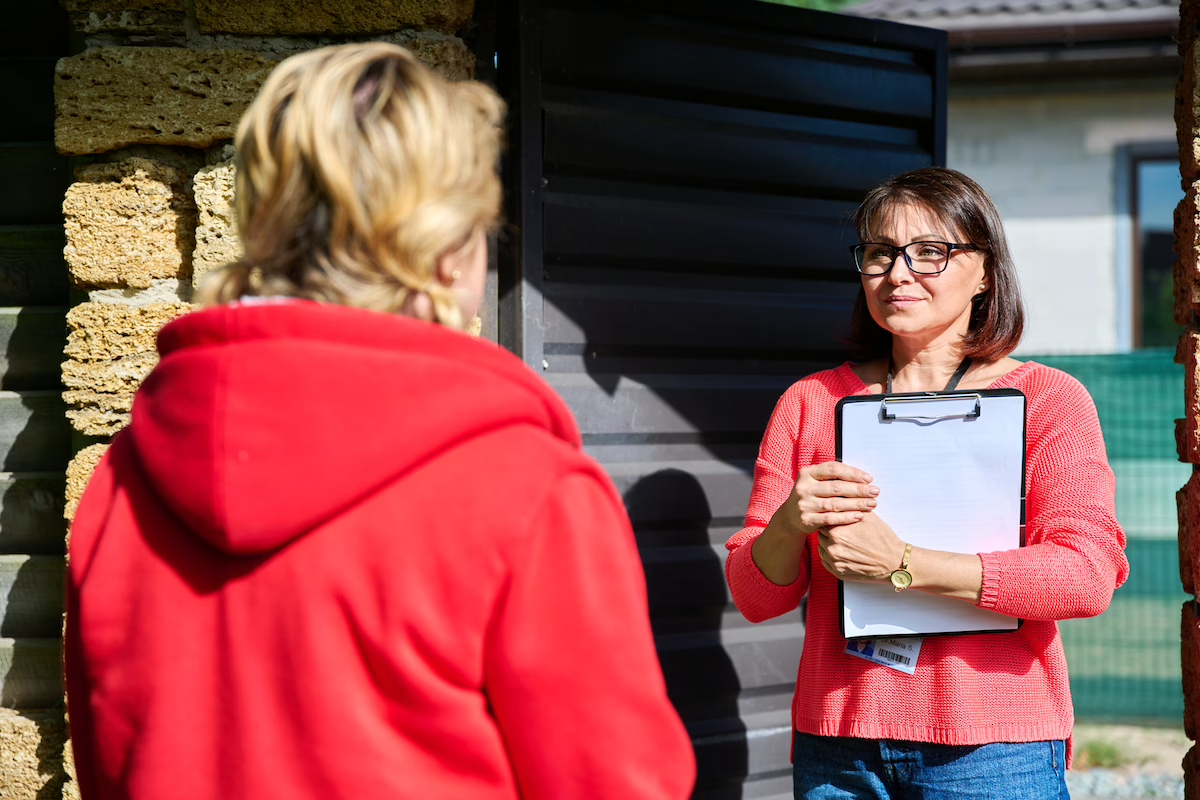At its core, political canvassing is the practice of directly engaging with voters to share a candidate’s message, gather feedback, and encourage participation in an election. Often referred to as the “ground game” of a campaign, canvassing involves one-on-one conversations—whether at a voter’s doorstep, on the phone, or through digital outreach platforms.
While political advertising and social media campaigns reach thousands of people at once, canvassing creates something those tools rarely can: personal connection. It’s the human heartbeat of campaigning, where persuasion, storytelling, and listening come together to move voters to action.
The Purpose of Political Canvassing
Political canvassing serves several vital purposes in a campaign’s overall strategy:
- Building relationships with voters: Direct contact humanizes the candidate and builds trust. Voters who meet a campaign representative—or the candidate themselves—are far more likely to remember the interaction and turn out to vote.
- Identifying supporters: Canvassing helps campaigns distinguish between supporters, opponents, and undecided voters, allowing them to allocate resources efficiently.
- Gathering voter data: Each interaction contributes valuable insights into public sentiment, top concerns, and issue priorities.
- Mobilizing turnout: In the final weeks of an election, canvassing shifts focus from persuasion to motivation—ensuring supporters get to the polls.
Ultimately, canvassing is not just about talking to voters; it’s about listening to them. Campaigns that treat canvassing as a two-way conversation often uncover the most authentic insights into what matters most to their communities.
The Different Types of Canvassing
Political canvassing has evolved far beyond traditional door-to-door visits. Today, campaigns use a variety of approaches:
- Door-to-Door Canvassing: The most personal and effective form, where volunteers or staff knock on doors to speak directly with voters.
- Phone Canvassing: Using voter lists to call individuals, often supplemented with scripts and data tracking tools.
- Text Canvassing: Sending personalized text messages to engage voters, answer questions, and share key information.
- Digital or Social Canvassing: Reaching voters through social media platforms, private messages, and community groups.
Each method has its advantages, and successful campaigns often use a mix depending on geography, resources, and timing.
Why Political Canvassing Still Matters
Even in the digital age, political canvassing remains one of the most effective tools for voter persuasion and turnout. According to research from the Analyst Institute, face-to-face voter contact can increase turnout by as much as 7–10 percentage points—a potentially decisive margin in competitive races.
Why does it work so well? Because voters crave authenticity. They want to feel heard, not just targeted by advertisements. A heartfelt conversation at the door can cut through the noise of modern politics and remind people that democracy is built on personal connection and shared responsibility.
How to Make Your Canvassing Program Successful
To execute an effective canvassing operation, campaigns should:
- Train volunteers thoroughly. They are the face of the campaign, and preparation ensures consistent, positive voter interactions.
- Use data strategically. Modern tools like VAN, Ecanvasser, or Reach help campaigns track results and refine voter targeting.
- Craft compelling scripts. A good script balances message delivery with genuine conversation.
- Follow up. Data gathered during canvassing should feed into ongoing communication, such as personalized emails or calls.
Canvassing is both art and science—requiring logistical organization, emotional intelligence, and clear purpose.
So, what is political canvassing? It’s the cornerstone of democratic engagement—the process of reaching out, face-to-face or virtually, to understand and inspire the electorate. In a world filled with noise, canvassing cuts through with the clarity of a human voice and a shared vision for the future.
For women running for office, political canvassing offers not only a path to victory but a powerful opportunity to connect authentically with their communities. Every door knocked and every conversation held is a reminder that politics, at its best, is personal.





